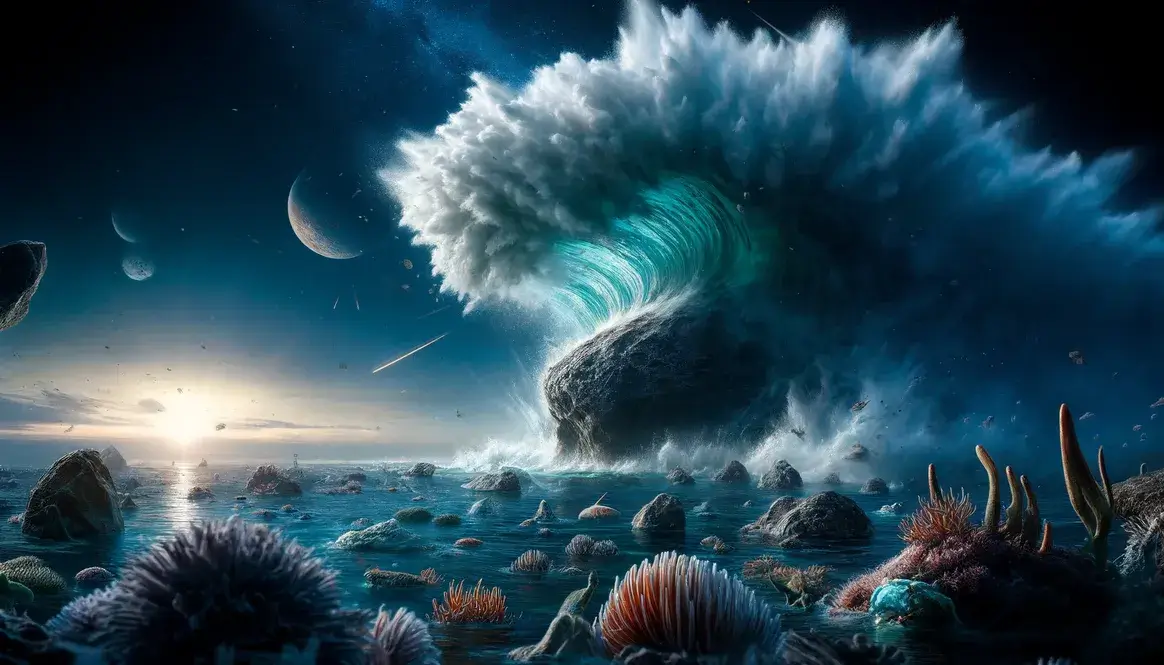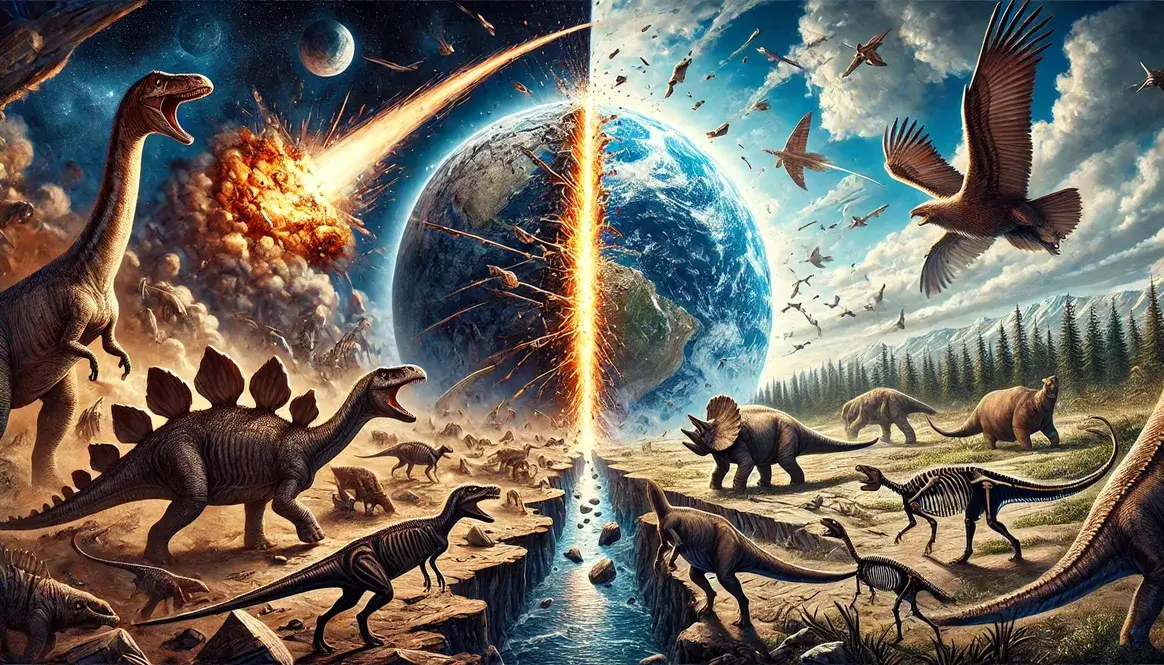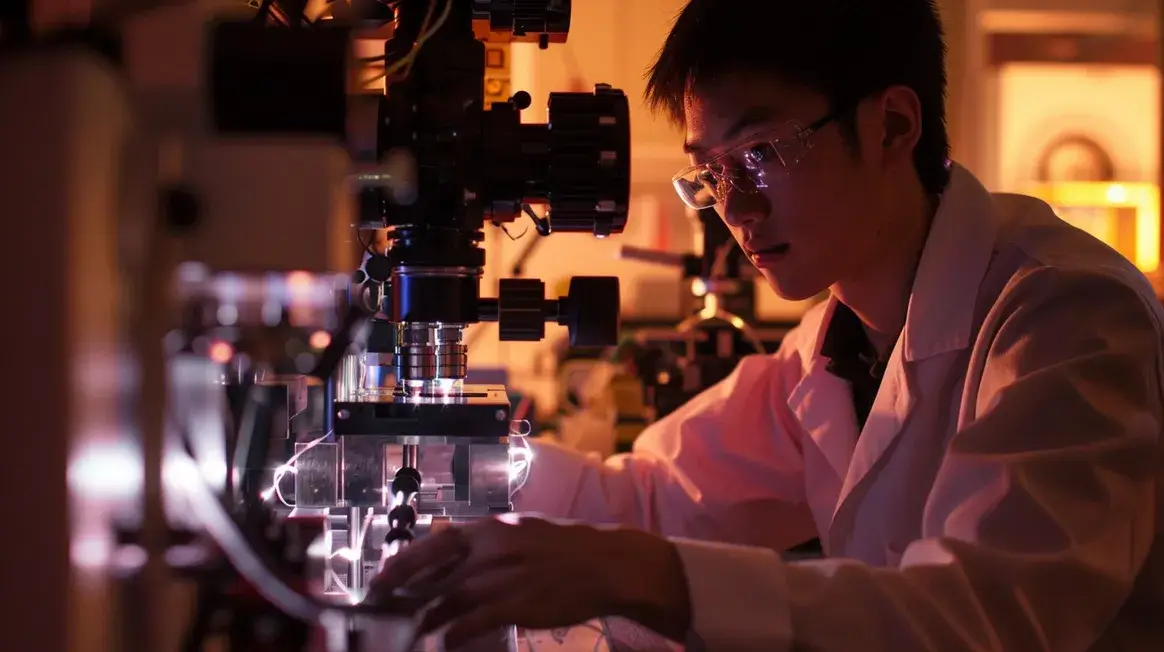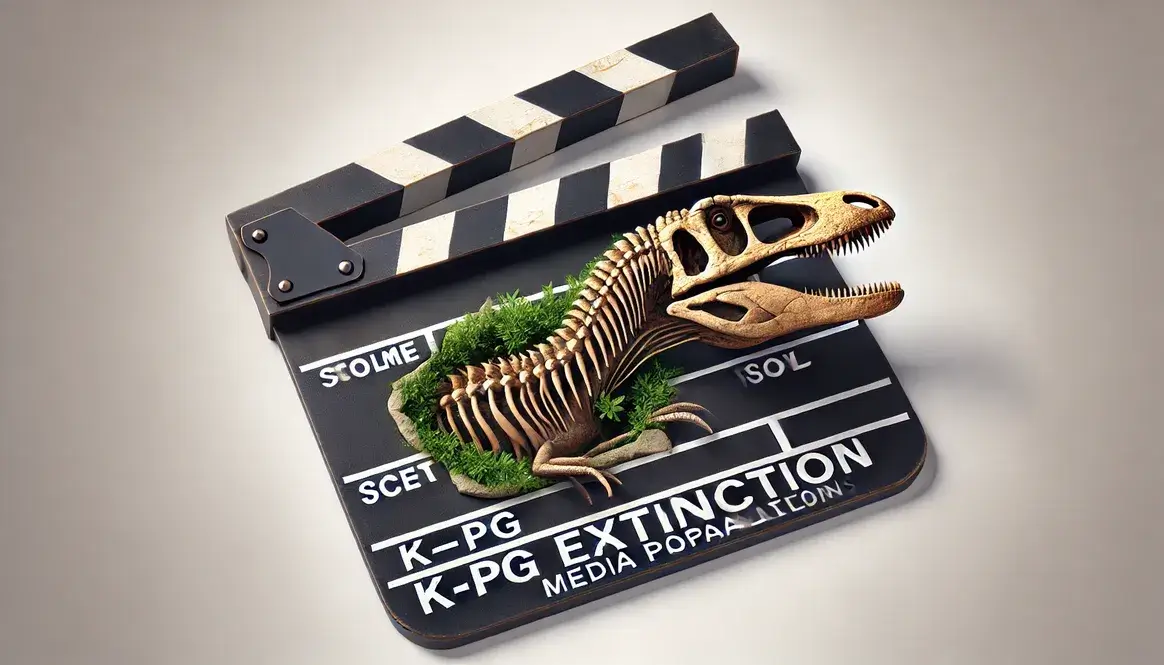The Cretaceous Seas Before Impact
Before we explore the K-Pg extinction ocean effects, let’s take a quick dip into the Cretaceous seas. Imagine a world where the oceans teemed with life, bustling with activity from the surface to the darkest depths.
The marine ecosystems of the late Cretaceous period were a sight to behold. Vast stretches of warm, shallow seas covered much of what we now call dry land. These waters were home to an incredible variety of life forms, many of which would seem strange to us today.
Giant marine reptiles ruled these ancient oceans:
- Mosasaurs: Large, powerful swimmers with long jaws full of sharp teeth
- Plesiosaurs: Long-necked creatures that glided gracefully through the water
- Ichthyosaurs: Dolphin-like reptiles built for speed
But the diversity didn’t stop there. The Cretaceous seas were also home to:
- Countless species of fish, from tiny reef-dwellers to massive predators
- Ammonites: Squid-like creatures with beautiful spiral shells
- Microscopic plankton that formed the base of the food chain
| Marine Life Group | Examples | Key Features |
|---|---|---|
| Marine Reptiles | Mosasaurs, Plesiosaurs, Ichthyosaurs | Large size, adapted for aquatic life |
| Invertebrates | Ammonites, Belemnites, Giant Clams | Diverse shapes, often with shells |
| Fish | Sharks, Ray-finned fish, Coelacanths | Wide range of sizes and feeding styles |
| Microscopic Life | Plankton, Foraminifera | Crucial for marine food webs |
These vibrant ecosystems had developed over millions of years, creating complex food webs and interdependent relationships. From the tiniest plankton to the largest predators, each played a crucial role in maintaining the balance of life in the oceans.
The abundance of life in these seas was staggering. Coral reefs teemed with colorful creatures, while the open oceans supported massive populations of swimming and floating organisms. This rich biodiversity had made the oceans resilient to changes over time.
But nothing could have prepared these thriving ecosystems for the cataclysmic event that was about to unfold. The K-Pg extinction would soon unleash a series of devastating effects on these flourishing marine environments, reshaping ocean life in ways that would echo through the ages.
K-Pg Extinction Ocean Effects: The Initial Impact
The K-Pg extinction ocean effects began with a bang—literally. An asteroid, roughly the size of Mount Everest, slammed into Earth near what’s now the Yucatan Peninsula in Mexico. This cosmic collision unleashed a chain of events that would forever change our planet’s oceans.
Asteroid Strike and Tsunami Formation
When the asteroid hit, it didn’t just create a crater; it sent shockwaves through the entire planet. The impact was so powerful that it:
- Vaporized the asteroid and surrounding rock
- Created a massive fireball visible from thousands of miles away
- Triggered earthquakes stronger than any in recorded history
But for the oceans, the most immediate and devastating effect was the formation of mega-tsunamis. These weren’t your average waves—they were walls of water hundreds of feet high, racing across the seas at jet-like speeds.
| Tsunami Feature | Estimated Size/Speed |
|---|---|
| Height | Up to 1000 feet |
| Speed | Over 450 mph |
| Reach | Global |
These massive waves swept across coastlines, demolishing everything in their path. They carried debris and sediment far inland, reshaping shorelines and destroying coastal habitats. The marine reptiles that had ruled the seas for millions of years found themselves tossed about like toys in a bathtub.
Debris and Darkness
As if giant tsunamis weren’t enough, the impact also threw massive amounts of debris into the atmosphere. This wasn’t just a local phenomenon—it spread globally, creating a thick blanket of dust that enveloped the entire planet.
The effects on the oceans were profound:
- Sunlight blockage: The debris cloud was so thick that it blocked out the sun, plunging the planet into darkness for months or even years.
- Temperature drop: Without sunlight, global temperatures plummeted, causing rapid cooling of the ocean surface.
- Photosynthesis disruption: Marine plants and algae, which form the base of ocean food chains, couldn’t photosynthesize in the darkness.
This “impact winter” had devastating consequences for marine life. Phytoplankton, the tiny organisms that produce much of Earth’s oxygen and serve as food for many marine species, began to die off en masse. As these microscopic producers vanished, the effects rippled up through the food chain.
The oceans, once teeming with life, were becoming increasingly hostile environments. But the initial impact was just the beginning. The K-Pg extinction ocean effects would continue to unfold, reshaping marine ecosystems in ways that would persist for millions of years to come.
Chemical Changes in the Oceans
The K-Pg extinction ocean effects weren’t limited to physical changes. The asteroid impact set off a series of chemical reactions that dramatically altered the composition of Earth’s oceans, creating an environment vastly different from the one that had existed for millions of years.
Ocean Acidification
When the asteroid struck, it hit a region rich in sulfur-containing rocks. The impact vaporized these rocks, releasing massive amounts of sulfur into the atmosphere. At the same time, widespread fires triggered by the impact released enormous quantities of carbon dioxide.
These gases didn’t just stay in the air. They combined with water vapor to form acid rain, which fell back into the oceans. The result? A rapid and severe case of ocean acidification.
Here’s what happened:
- Sulfur and CO2 dissolved in seawater
- This lowered the ocean’s pH level
- The more acidic water started dissolving the shells of many marine organisms
The effects were devastating, particularly for creatures with calcium carbonate shells or skeletons. Many species of plankton, mollusks, and coral found their protective structures literally dissolving around them.
| Time after impact | Estimated ocean pH |
|---|---|
| Pre-impact | 8.2 |
| 1-100 years | 7.5 – 7.8 |
| 1000 years | 8.0 |
This acidification event was one of the key K-Pg extinction effects that reshaped marine ecosystems, contributing to the extinction of many species and altering the course of ocean evolution.
Changes in Ocean Circulation
While the chemical composition of the oceans was changing, so too were the patterns of water movement. The K-Pg impact disrupted normal ocean circulation in several ways:
- Temperature changes: The rapid cooling of surface waters altered density-driven currents.
- Sea level fluctuations: Massive tsunamis and long-term climate effects caused sea levels to change, affecting coastal currents.
- Wind pattern shifts: Changes in atmospheric circulation due to the impact winter altered wind-driven ocean currents.
These disruptions had far-reaching consequences. Ocean currents play a crucial role in distributing nutrients throughout the seas. With circulation patterns thrown into chaos, many areas of the ocean experienced significant changes in nutrient availability.
Some regions saw an influx of nutrients from upwelling deep waters, while others experienced nutrient depletion. This redistribution of resources further stressed marine ecosystems already reeling from other impact effects.
The altered circulation patterns also affected ocean temperatures, with some areas cooling more rapidly than others. This created new temperature gradients in the oceans, forcing many species to adapt quickly or perish.
These chemical and circulatory changes were just part of the complex web of K-Pg extinction ocean effects. They set the stage for a massive reorganization of marine life, leading to the extinction of some groups and the rise of others. The oceans that emerged from this turmoil would be fundamentally different from those that came before, shaping the marine world we know today.
Collapse of Marine Food Webs
The K-Pg extinction ocean effects led to a dramatic restructuring of marine ecosystems. As the physical and chemical changes unfolded, they triggered a cascade of biological consequences that would reshape life in the seas for millions of years to come.
Phytoplankton Die-off
At the base of the marine food web lie the phytoplankton – microscopic organisms that convert sunlight into energy through photosynthesis. These tiny powerhouses form the foundation of ocean life, but they were among the first casualties of the K-Pg impact.
The die-off occurred due to several factors:
- Darkness: The global dust cloud blocked sunlight, preventing photosynthesis.
- Acidification: Many phytoplankton species couldn’t survive in the more acidic waters.
- Temperature changes: Rapid cooling made conditions unfavorable for many species.
As phytoplankton populations plummeted, the effects rippled through the entire marine food web. Organisms that fed directly on phytoplankton, like small fish and zooplankton, faced starvation. In turn, their predators also began to struggle.
| Trophic Level | Examples | Impact Severity |
|---|---|---|
| Primary Producers | Phytoplankton | Severe |
| Primary Consumers | Zooplankton, small fish | High |
| Secondary Consumers | Larger fish, some marine reptiles | Moderate to High |
| Top Predators | Large sharks, mosasaurs | Moderate |
This collapse of the food web base was one of the most significant K-Pg extinction effects, affecting marine life across all ecosystems and depths.
Extinction of Key Marine Groups
As the marine food webs collapsed, many groups of organisms faced extinction. Some of the most affected were:
Ammonites: These beautiful shelled cephalopods, distant relatives of modern squid and octopuses, had thrived in the oceans for over 300 million years. However, their calcium carbonate shells made them particularly vulnerable to ocean acidification. Combined with the loss of their planktonic food sources, this spelled doom for the ammonites.
Marine Reptiles: The rulers of the Cretaceous seas, including mosasaurs, plesiosaurs, and ichthyosaurs, didn’t survive the K-Pg extinction. Their large size meant they needed abundant food sources, which disappeared in the post-impact oceans. Additionally, as air-breathing animals, they were likely affected by toxic gases released during the impact.
Reef-Building Organisms: Coral reefs and the ecosystems they supported were hit hard. The Cretaceous extinction event caused widespread death of reef-building organisms due to acidification and changes in ocean chemistry.
Many species of fish, sharks, and smaller marine organisms also went extinct during this time. The reasons for their vulnerability varied, but often included:
- Specialization: Highly specialized species couldn’t adapt quickly to the changing conditions.
- Limited geographic range: Species confined to specific areas had nowhere to escape when conditions became unfavorable.
- Dependence on extinct food sources: As certain prey species disappeared, their predators followed.
It’s important to note that while many groups suffered severe losses or complete extinction, others managed to survive. These survivors would go on to repopulate and diversify in the post-extinction oceans, leading to the marine ecosystems we see today. Understanding which species survived and why provides valuable insights into evolutionary resilience and adaptability.
Long-term Effects on Ocean Ecosystems
The K-Pg extinction ocean effects didn’t just cause immediate changes; they set in motion a series of long-term transformations that would reshape marine life for millions of years to come.
Changes in Marine Biodiversity
In the aftermath of the extinction event, the oceans underwent a dramatic shift in biodiversity. The once-dominant species of the Cretaceous seas gave way to new groups that were better adapted to the post-impact conditions.
Some key changes included:
- Rise of modern fish: Teleost fish, which include most of the fish species we know today, became increasingly dominant. Their ability to adapt to various niches helped them thrive in the changing oceans.
- Diversification of sharks: While many ancient shark species went extinct, surviving lineages rapidly evolved and diversified, filling ecological roles left vacant by extinct marine reptiles.
- Expansion of marine mammals: With the disappearance of large marine reptiles, early whales and other marine mammals found new opportunities to evolve and diversify.
On the flip side, many specialized species couldn’t adapt to the new conditions. These highly adapted creatures, which had evolved to fit specific ecological niches in the stable Cretaceous seas, found themselves ill-equipped for the rapidly changing post-impact world.
The K-Pg boundary fossils tell a story of abrupt change, with diverse, specialized species below the boundary replaced by a less diverse but more adaptable set of organisms above.
Alteration of Marine Habitats
The K-Pg extinction didn’t just affect individual species; it transformed entire marine ecosystems.
Reef Ecosystems: The impact on reef ecosystems was particularly severe. The Cretaceous seas boasted extensive reefs built primarily by rudist bivalves and corals. These ecosystems were hotspots of biodiversity, supporting countless species.
In the post-extinction world:
- Rudist reefs disappeared completely
- Coral reefs were dramatically reduced
- Recovery of reef ecosystems took millions of years
It wasn’t until the Eocene epoch, several million years after the extinction, that coral reefs began to resemble their modern counterparts.
Shallow and Deep-Sea Environments: Both shallow and deep-sea environments experienced significant changes:
Shallow Seas:
- Loss of many bottom-dwelling organisms
- Changes in sediment composition due to the extinction of shell-forming plankton
- Altered food webs with new dominant species
Deep Seas: The deep ocean, often considered a refuge during extinction events, wasn’t spared from the K-Pg extinction ocean effects. Changes included:
| Aspect | Effect |
|---|---|
| Food Supply | Reduced due to collapse of surface productivity |
| Oxygen Levels | Fluctuated with changes in ocean circulation |
| Habitat Structure | Altered by changes in sediment composition |
These habitat alterations had far-reaching consequences. They influenced everything from the types of organisms that could survive in different parts of the ocean to the way nutrients and energy flowed through marine ecosystems.
The marine life recovery after this massive disruption was a slow process, taking millions of years. The oceans that emerged from this period of change were fundamentally different from those of the Cretaceous, setting the stage for the evolution of modern marine ecosystems.
Recovery of Marine Life
After the devastating K-Pg extinction ocean effects, life in the seas began a long journey of recovery and transformation. This process would reshape marine ecosystems and set the stage for the oceans we know today.
Timelines of Recovery
The recovery of marine life following the K-Pg extinction was not a quick process. It unfolded over millions of years, with different aspects of marine ecosystems recovering at different rates.
Phytoplankton: These tiny but crucial organisms were among the first to bounce back. Within a few thousand years after the impact, new species of phytoplankton had evolved and begun to repopulate the oceans. Their recovery was critical, as they formed the base of new marine food webs.
Benthic Foraminifera: These single-celled organisms living on the seafloor took around 300,000 years to return to their pre-extinction diversity levels.
Full Ecosystem Recovery: The complete recovery of complex marine ecosystems, including the reestablishment of stable food webs and the evolution of new top predators, took several million years.
Here’s a simplified timeline of recovery:
- 0-10,000 years: Initial recovery of phytoplankton
- ~300,000 years: Recovery of benthic foraminifera diversity
- ~1-2 million years: Reestablishment of complex food webs
- 2-5 million years: Evolution of new top predators
- 5-10 million years: Full recovery of ecosystem complexity
Several factors influenced the rate of recovery:
- Environmental stability: As the immediate effects of the impact subsided, more stable conditions allowed for faster recovery.
- Evolutionary innovation: The emergence of new adaptations helped species fill empty ecological niches.
- Geographical location: Some areas, possibly serving as refugia, saw faster recovery than others.
The K-Pg extinction timeline shows that while the extinction itself was geologically rapid, the recovery was a long, gradual process.
Emergence of New Marine Species
As the oceans slowly recovered, they became a stage for incredible evolutionary innovation. The extinction had left many ecological niches empty, creating opportunities for surviving species to adapt and diversify.
Some notable developments included:
Whales: The ancestors of modern whales, which were small, semi-aquatic mammals before the extinction, began to evolve into fully aquatic creatures. They gradually filled the roles left vacant by extinct marine reptiles.
Bony Fish: Modern groups of bony fish experienced a burst of evolution. They diversified into a wide array of forms, from tiny reef-dwellers to large predators.
Sharks: While some ancient shark lineages went extinct, others survived and evolved into new forms. The post-extinction oceans saw the rise of many modern shark groups.
New ecological niches also emerged, driven by changes in the marine environment:
- Deep-sea ecosystems evolved new species adapted to low food availability.
- Coral reefs, once they recovered, provided habitats for a new wave of specialized reef-dwelling species.
- Coastal environments saw the evolution of new shellfish and crustacean species.
This period of recovery and evolution demonstrates the resilience of life. Despite the severe K-Pg extinction ocean effects, marine life not only recovered but innovated, leading to the diverse oceans we see today. Understanding this recovery process provides valuable insights into how modern marine ecosystems might respond to environmental changes and extinctions.
Lessons from the Past: K-Pg Extinction and Modern Oceans
The K-Pg extinction ocean effects offer a window into how marine ecosystems respond to massive environmental changes. While the scale of the K-Pg event was enormous, many of the processes involved have parallels in today’s changing oceans. By studying this ancient catastrophe, we can gain valuable insights into current and future marine conservation challenges.
Relevance to Current Marine Issues
- Ocean Acidification: The rapid acidification of oceans during the K-Pg extinction mirrors the ocean acidification we’re seeing today due to increased CO2 levels. The K-Pg extinction survivors can offer clues about which species might be more resilient to acidifying oceans.
- Climate Change: The abrupt climate shift following the K-Pg impact shares similarities with current rapid climate change. Studying how marine life responded to these ancient changes can inform predictions about modern species’ adaptability.
- Ecosystem Collapse: The collapse of marine food webs after the K-Pg event demonstrates how interconnected ocean ecosystems are. This underscores the potential for cascading effects in modern oceans when key species are lost.
- Species Extinction: The patterns of extinction and survival during the K-Pg event provide insights into which traits might make species more vulnerable to extinction in times of environmental stress.
Insights for Marine Conservation
The K-Pg extinction and subsequent recovery offer several lessons for marine conservation efforts:
- Importance of Biodiversity: The diverse ecosystems of the Cretaceous were hit hard, but biodiversity also played a crucial role in recovery. This highlights the need to maintain and protect biodiversity in our oceans.
- Resilience Takes Time: Full recovery of marine ecosystems took millions of years. This emphasizes the importance of long-term thinking in conservation efforts and the need to act before ecosystems reach critical tipping points.
- Interconnectedness of Systems: The K-Pg event showed how changes in one part of the ocean system can have far-reaching effects. Conservation efforts should consider whole ecosystems, not just individual species.
- Unexpected Survivors: Some unlikely species survived the K-Pg extinction, reminding us not to underestimate the potential resilience of seemingly fragile species.
| K-Pg Lesson | Modern Application |
|---|---|
| Rapid environmental change can cause mass extinctions | Urgency in addressing climate change and pollution |
| Recovery takes much longer than collapse | Need for proactive conservation measures |
| Generalists often survive better than specialists | Importance of maintaining habitat diversity |
| Interconnected food webs are vulnerable | Ecosystem-based management approaches |
While the K-Pg extinction was a natural event, many of today’s marine challenges are human-induced. The extinction event impacts we see in the fossil record serve as a stark warning about the potential consequences of ongoing environmental changes.
By studying the K-Pg extinction ocean effects, we gain a deeper understanding of how marine ecosystems respond to stress over both short and long timescales. This knowledge is crucial as we work to protect and preserve our oceans in the face of current and future challenges. The ancient past, preserved in rocks and fossils, continues to provide valuable lessons for safeguarding the future of our blue planet.









